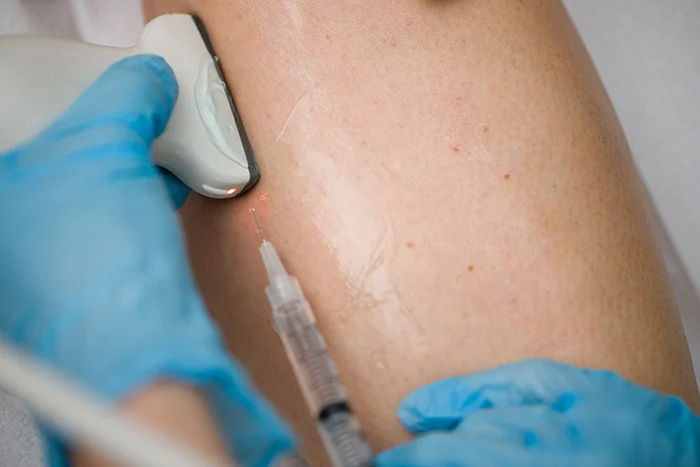Varicose veins are enlarged, twisted veins that often appear on the legs and thighs during pregnancy. These veins develop when increased blood volume and hormonal changes place extra pressure on blood vessels, especially in the lower body. The expanding uterus can also compress the inferior vena cava, which further reduces circulation from the legs back to the heart. This causes veins to swell and become more visible through the skin. While varicose veins during pregnancy may cause discomfort or a heavy sensation in the legs, they are typically a temporary condition that improves after childbirth.
Encouraging Healthy Circulation
Maintaining circulation becomes more challenging during pregnancy due to hormonal changes and increased weight. Regular physical activity, even in short intervals, helps stimulate blood flow and reduce pooling in the lower limbs. Walking, swimming, or prenatal yoga are commonly recommended to promote vein health.
Elevating the legs throughout the day can also relieve pressure by encouraging blood to flow upward. Lying on the left side during rest or sleep supports circulation by preventing the uterus from compressing the main abdominal vein. These practices may reduce both the visibility and discomfort associated with varicose veins.
Wearing Compression Garments
Compression stockings provide external support to the veins, helping push blood upward toward the heart. These garments are often recommended for individuals who experience varicose veins during pregnancy, particularly if swelling or discomfort worsens as the day progresses. The stockings are designed to apply the most pressure at the ankle and gradually decrease toward the knee or thigh. They are available in various lengths and strengths, depending on the severity of symptoms. Consistent use throughout the day often leads to reduced swelling, improved comfort, and less visible bulging in the affected veins.
Monitoring Symptoms With Medical Support
Most cases of varicose veins in pregnancy do not require medical intervention. However, it is still necessary to communicate symptoms with a healthcare provider. Significant pain, redness, or warmth in one area of the leg could indicate a more serious issue such as superficial thrombophlebitis or deep vein involvement.
A provider may perform a physical examination or request imaging to rule out complications. If no further treatment is needed, patients may still benefit from reassurance, monitoring, and support in managing symptoms. Early discussion of any changes helps create a personalized plan for care during the remainder of the pregnancy.
Small adjustments to daily routine may help reduce discomfort caused by varicose veins. Avoiding long periods of standing or sitting without movement prevents blood from pooling in the legs. When seated, patients are often advised to keep the feet flat on the floor and shift positions regularly. Crossed legs can restrict blood flow and may worsen existing vein enlargement. Comfortable footwear with supportive soles reduces strain and promotes better posture. In pregnancy, each of these changes contributes to better circulation and less pressure on already sensitive veins.
Staying Hydrated and Balanced
Hydration supports blood flow and helps maintain vein elasticity, which plays a role in reducing symptoms. Drinking enough water throughout the day contributes to overall vascular health and reduces the likelihood of leg cramps. A balanced diet rich in fiber also helps prevent constipation, which can increase pressure in the abdominal area and worsen varicose vein symptoms. High-fiber foods, including vegetables, whole grains, and fruits, contribute to smoother digestion and lower intra-abdominal pressure. Together, hydration and nutrition create a supportive environment for vein health during pregnancy.
Varicose veins that develop during pregnancy often improve or fade entirely within a few months after childbirth. As hormone levels stabilize and blood volume returns to pre-pregnancy levels, pressure on the veins decreases naturally. Patients who experienced significant discomfort or large vein bulging during pregnancy may still benefit from postnatal follow-up. In some cases, residual vein issues persist beyond recovery, and providers may recommend additional evaluation. Treatment options such as sclerotherapy or minimally invasive procedures may be discussed once pregnancy and breastfeeding have concluded.
Talk To Your Doctor About Varicose Veins
Experiencing varicose veins during pregnancy may increase the likelihood of developing them in future pregnancies or later in life. Maintaining an active lifestyle, healthy weight, and strong lower body circulation remains useful even after delivery. Wearing compression stockings when standing for long periods or traveling can help maintain vein support. Patients are encouraged to monitor for recurring symptoms and continue healthy habits that support vascular function. Addressing vein concerns early helps avoid complications and supports comfort during each stage of pregnancy and beyond.

